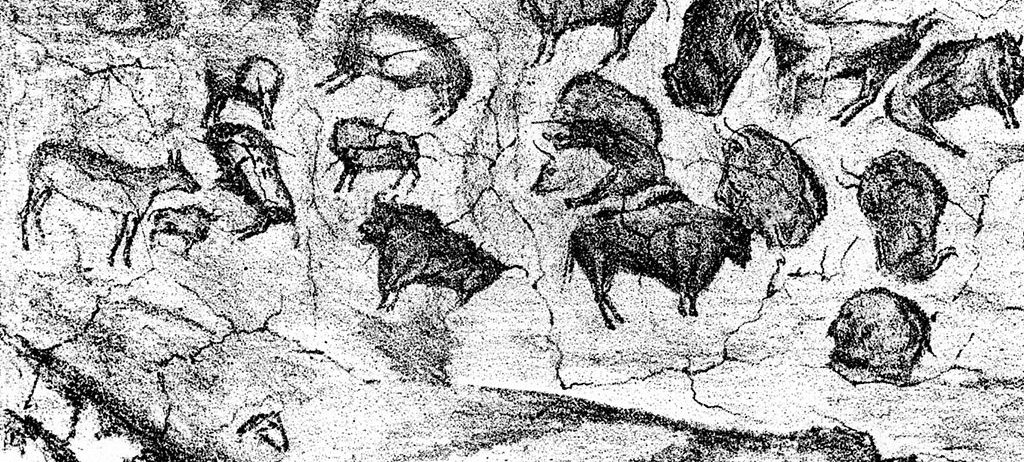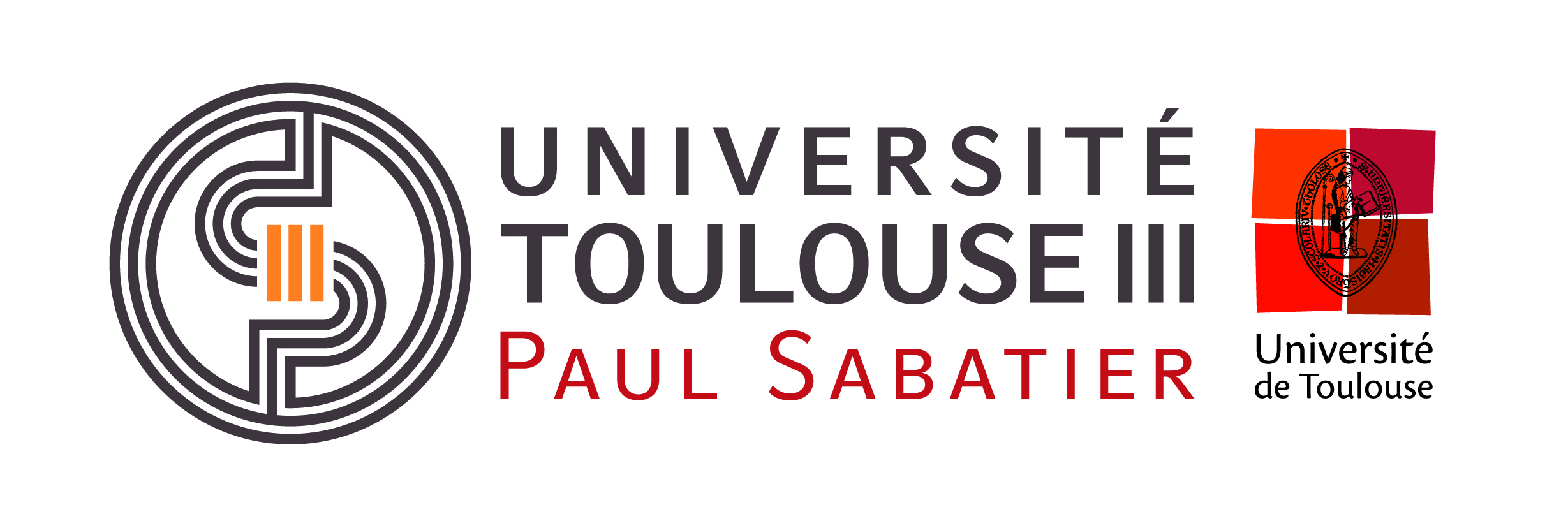Félicitations à Marina Saez-Andreu qui a brillamment soutenu sa thèse sur le sujet: « Nonlinear Analysis and Global Modelling of Karstic Microclimates: Altamira And El Rull »
La soutenance a eu lieu mercredi 29 septembre à 10h30 par visio-conférence à l’Université d’Alicante. Après délibération, le jury lui a décerné le grade de International Doctor ‘‘sobresaliente cum laude’’.
Jury : Concepciόn Pla (Universidad de Alicante), Sergio Sánchez-Moral (Museo Nacional de Ciencias Naturales), Mireille Huc (Cesbio)
Encadrants : David Benavente García (Universidad de Alicante), Soledad Cuezva Robleño (Universidad de Alcalá), Sylvain Mangiarotti (Cesbio)
Abstract :
In this research we have studied, for the first time, karstic microclimates as nonlinear dynamical systems. In particular, we have analyzed and modeled the microclimates of the Spanish caves of Altamira and El Rull and their connections to the outside climate. In order to accomplish this, we have used the global modeling technique, which aims to extract models directly from observational data. This technique is well suited to the study of complex real-world systems and takes advantage of the embedding theorems. The embedding allows, in principle, the reconstruction of systems using the available variables and some of their derivatives; therefore, it opens the possibility of modeling karstic microclimates even if some of the state variables are missing or cannot be measured in practice. It has also been proven to be applicable to very short time series which is another advantage in comparison to other model driven approaches.
Cave microclimates are driven by the external climate. The variety of external climates and cave configurations leads to a variety of karstic microclimates. Nonetheless, one of the most relevant controls is usually the temperature difference between the inside and the outside. In general, karstic climates are very stable in terms of variables such as temperature or humidity (compared to the outside). In contrast, the CO2 and 222Rn levels in the air show notable seasonal oscillations through the year, therefore these gases are suitable to characterize the dynamics of cave atmospheres.
Cave microclimates are often understood as the superimposition of deterministic and stochastic components. The hypothesis of a deterministic component is often considered as inescapable because it is a common hypothesis in classical physics and because the approaches enabling to detect determinism from observational data are rare. Having found models in the form of sets of differential equations strongly evidences that karstic microclimates are indeed deterministic and can be reasonably approximated by low dimensional deterministic systems. In addition, we propose that their complexity is actually rooted in its sensitivity to initial conditions and perturbations (which is known indistinctly as deterministic-chaotic behavior or chaotic behavior). Although some of our models only capture the periodical part of the dynamics, a slight tuning of one coefficient was enough to get models that converge to chaotic attractors and are more coherent with the non-trivial behavior of the observational phase portraits. This indicates that both Altamira and El Rull microclimates are chaotic or, at least, close to chaos. In addition, all the models showed long initial transients, which indicate that slight perturbations can throw the system into a state of transient chaos. In all cases, the source of chaos was the outside climate (an established high-dimensional chaotic system), whereas the karst reduced the dimensionality due to its insulating effect, which led to dynamics of lower dimension captured by the models.
Until now the time evolution of the CO2 and 222Rn concentration in caves and their relationships with the outside climate have been addressed mainly by means of statistical approaches, which cannot guarantee the existence of causal relations. Some mathematical models have been proposed for the study of cave microclimates, but they are local (only applicable to a fragment of time series), static or they focus on some particular aspect (for example, the decrease of CO2 right after a touristic visit). For the first time, we have found sets of differential equations that represent globally these karstic microclimates (although the daily and high frequency oscillations were not considered in this study). Moreover, even if restricted to cave environments, these are the first dynamical models for climates extracted directly from observational data, since all the previous ones are based on theoretical considerations.
For Altamira, we found models based on internal variables (CO2 or CO2 and 222Rn concentrations). For both caves, we found models linking internal variables (CO2 or 222Rn) and external forcings (the soil moisture for Altamira, the number of visitors for El Rull and the outside temperature for both).
Another innovation introduced in this research is the use of the observational time series as external forcings (outside temperature, soil moisture and number of visitors). For the first time in the study of a real-world phenomenon, the global models have been presented in a non-autonomous formulation. This allowed reducing the complexity of the process of model search and validation, and the later reinjection of the original complexity in the models. Moreover, it enabled the study of the response of cave microclimates to different hypothetical climatic scenarios.
In conclusion, the finding of these models is a remarkable step forward in the study of the caves of Altamira and El Rull, as well as a methodological exploration that has open fruitful pathways for the future of karst microclimate research.

Un attracteur chaotique obtenu pendant la thèse [1 ; 2]. Attracteur chaotique (en bleu) reliant les variations de concentration de CO2 et de 222Rn dans la grotte d’Altamira. Données observées (en vert).
[1] Sáez M., Mangiarotti S., Cuezva S., Fernandez‐Cortés A., Molero B., Sanchez-Moral S. & Benavente D., Global models for CO2 and 222Rn concentrations in the Cave of Altamira, Theoretical and Applied Climatology, 143(1), 603-626. https://doi.org/10.1007/s00704-020-03440-9
[2] Sáez M., « Nonlinear analysis and global modeling of karstic microclimates: Altamira and El Rull », Soutenue le 29 septembre 2021, Universidad de Alicante.
* Source image de fond: https://commons.wikimedia.org/w/index.php?curid=634374









